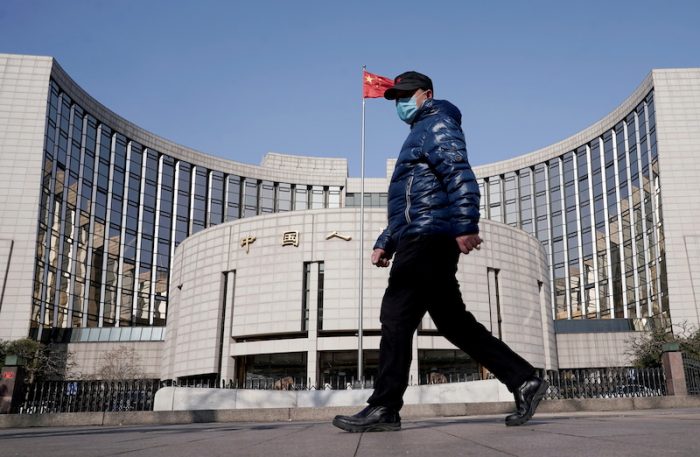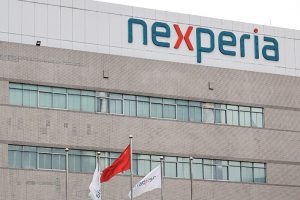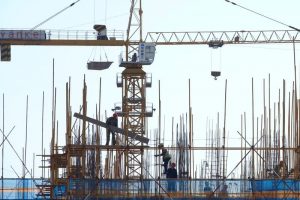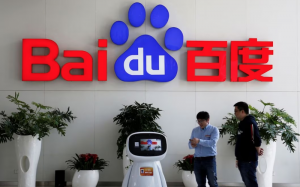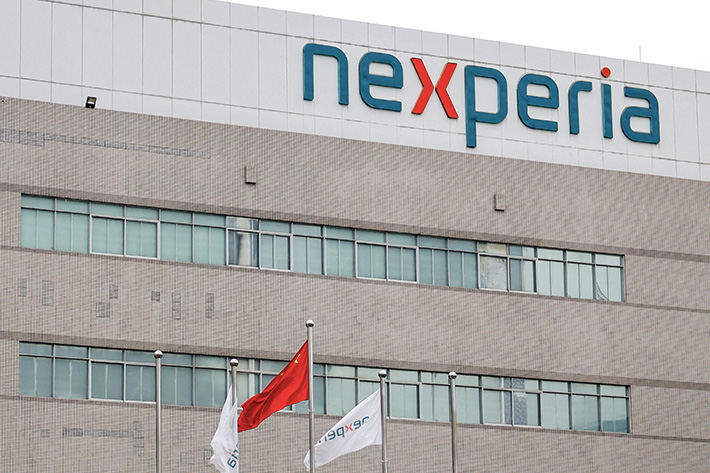China’s central bank remains cautious about any possible loosening of monetary policy to bolster the economy, with slowing growth and rising factory inflation fuelling stagflation concerns.
That’s the view of policy sources and analysts who have seen momentum faltering in the world’s second-largest economy, because of fresh Covid curbs, power shortages and the property sector debt crisis.
Chances of a rate cut look slim, but the central bank may opt to cut the amount of cash banks must hold as reserves against their loans if growth suffers, according to sources involved in internal policy discussions.
Economic growth is widely expected to slow further in the fourth quarter from a one-year low of 4.9% in the third quarter. Factory activity shrank for a second month in October, an official survey showed, while factory output growth eased to the lowest since March 2020, due to environmental curbs, power rationing and higher raw material prices.
Also on AF: Masayoshi Son Says SoftBank Hit By Alibaba ‘Blizzard’
The People’s Bank of China (PBOC) has defied market expectations over cutting interest rates or banks’ reserve requirement ratio (RRR), after a broad-based RRR cut in July, focusing instead on deleveraging and fending off property bubbles.
Some economists had thought the central bank could cut interest rates this year but now feel stagflation – rising prices combined with high unemployment and weak demand – is a concern.
The US Federal Reserve’s policy tapering is unlikely to have much impact on the PBOC, which steers policy mainly based on China’s own growth and inflation outlook, they said.
“There is room for cutting interest rates and RRR, but the room could be limited by rising produce prices,” said a source.
“As a result of power rationing and related supply constraints, the features of ‘stagflation’ have become more evident and would limit near-term policy options,” analysts at Citi said in a note.
Citi expects fourth-quarter GDP growth to dip to 4% while Nomura expects growth to drop to around 3.0% on both supply and demand shocks.
Complex Economic Picture
But some Chinese economists argue that China is nowhere near the stagflation that plagued the US economy in the 1970s, preferring to use “quasi-stagflation” to describe a more complex economic picture.
Analysts expect producer price inflation to ease into 2022 while consumer inflation, forecast to hit 1.4% in October versus 0.7% in September, could steadily pick up.
Reflecting the official caution, most analysts have pushed back expectations for RRR or rate cuts into 2022.
“It’s unlikely for the central bank to cut interest rates and RRR within the year. Next year, we need to watch if PPI will fall, and also watch the Fed’s policy,” Tang Jianwei, senior economist at Bank of Communications, said.
A Reuters survey of fixed income analysts this month forecast no cut in the benchmark lending rate in November, and only 23% of analysts expected an RRR cut in the next three months.
But some government economists have urged the PBOC to take faster action.
Communist Party Changes
“We should consider a broad-based RRR cut in the fourth quarter to pump out more money and support growth,” Xu Hongcai, deputy director of the economic policy commission at the China Association of Policy Science, said.
A targeted RRR cut would be especially helpful for small businesses taking the brunt of rising prices.
Chinese leaders are due to chart the economic course for 2022 at a key meeting in December. Stability could be the watchword for next year, when the ruling Communist Party is due to unveil key leadership changes, policy insiders said.
“Stability will be the top priority in 2022,” Xu said, expecting economic growth to slow to between 5% and 6% in 2022 from an expected expansion of around 8% this year.
- Reuters with additional editing by Sean O’Meara
Read more:
Supply Chain Boost Helps China Exports Beat Forecasts
Winter Power Crunch Warning From China’s State Grid




